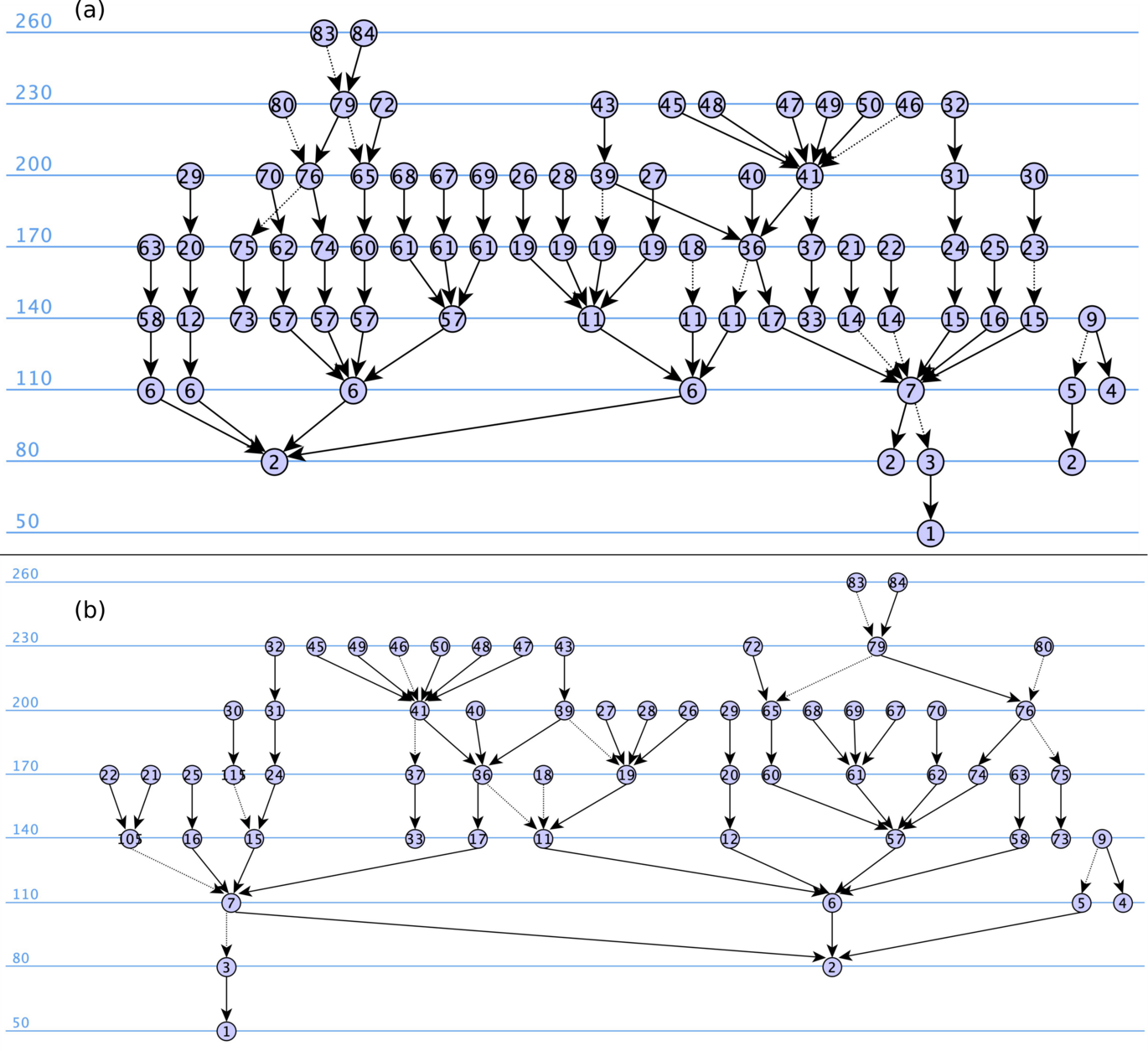A kinship network analysis of Palmyrene genealogies
New publication by Tom Brughmans, Olympia Bobou, Nathalia B. Kristensen, Rikke R. Thomsen, Jesper V. Jensen, and Rubina Raja.

This proof-of-concept study, published in the Journal for Historical Network Research, investigates the potential and challenges of a formal network approach for the examination of 1st to 3rd century CE kinship networks in ancient Palmyra (in present-day Syria). The recent availability of a large digitised archaeological dataset from the Palmyra Portrait Project allows for a thorough reassessment of previously studied genealogies. By applying network and genealogical formal methods to these for the first time we can re-evaluate the genealogical completeness and gender bias in these sources, and explore scientifically the tendency for intermarriage within an extended Palmyrene family. The study combines archaeological information from funerary portraits in the exhaustive database created by the Palmyra Portrait Project with textual sources from funerary and public inscriptions, and critically evaluates the differences and limits of these sources for genealogical studies.
This paper demonstrates a number of quantitative and qualitative approaches for understanding the limits of fragmentary archaeological and historical sources, and it lays the foundation for formulating highly specified hypotheses about the structure of ancient Palmyrene kinship networks in future work.
Full reference and open access link
Brughmans, T., Bobou, O., Kristensen, N. B., Thomsen, R. R., Jensen, J. V., & Raja, R. (2021). "A kinship network analysis of Palmyrene genealogies", Journal of Historical Network Research, 5.
Open access link: https://jhnr.uni.lu/index.php/jhnr/article/view/65
